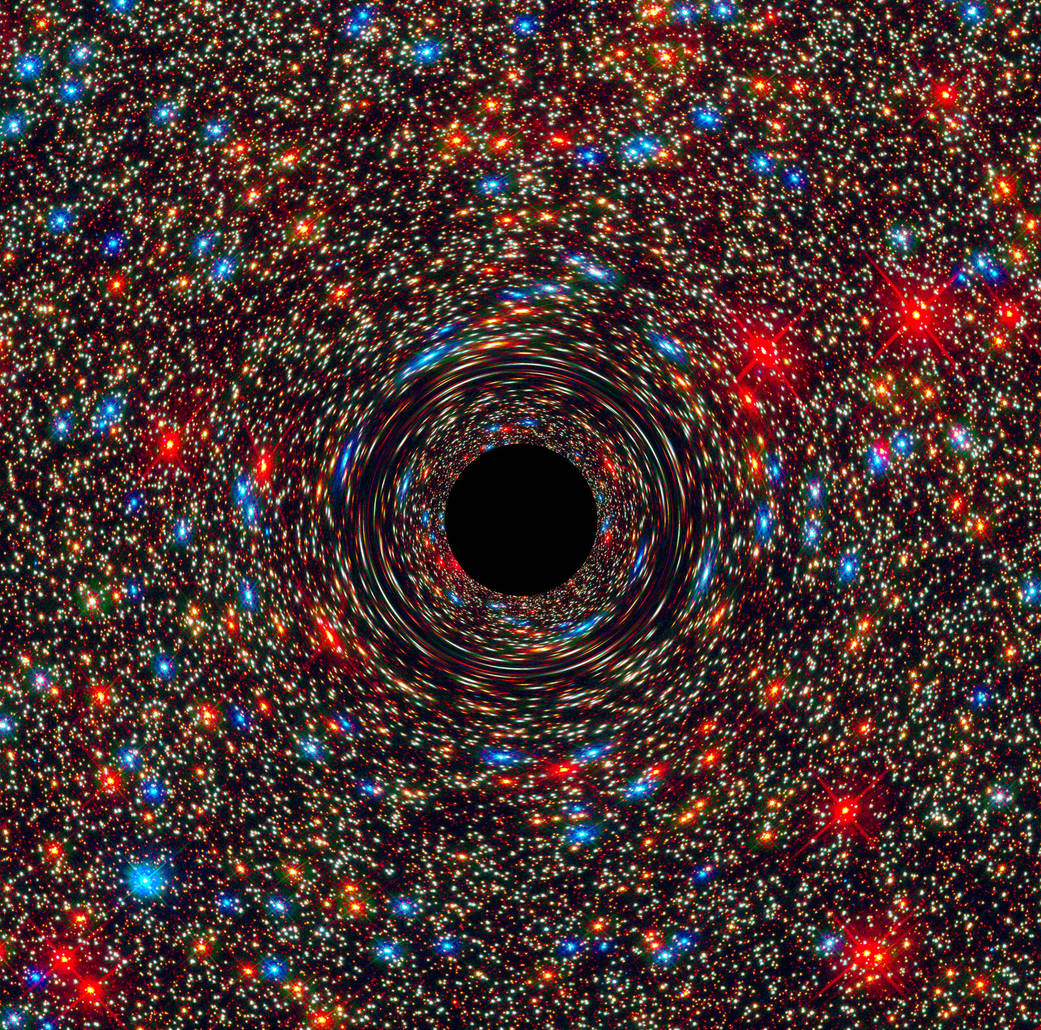| Black holes are the vacuums of space -- they're stars that could no longer support their own mass. |
 |
 | Black holes are formed when a star collapses due to it's heavy hydrogen layer around it. As it becomes as small as an atom, its gravity increases, therefore it begins to attract nearby matter. The gravity becomes too powerful for light to escape. Black holes have 3 parts: the outer event horizon, inner event horizon, and finally, the singularity. The black hole is the strongest at its singularity. |
Black holes aren't empty, either. They're filled with a large amount of mass packed together tightly, and that is why the gravity is so unbelievably powerful. There are two kinds of black holes: stellar-mass and supermassive. Supermassive black holes are the largest kind of black hole. Stellar-mass black holes are caused when large stars become too old and explode. This is called a supernova (this happens when the star's fuel runs out). Scientists have not yet figured out how supermassive black holes are formed, but there's one in the center of our own galaxy. It's the same as 100 million suns packed into a singularity. |